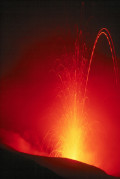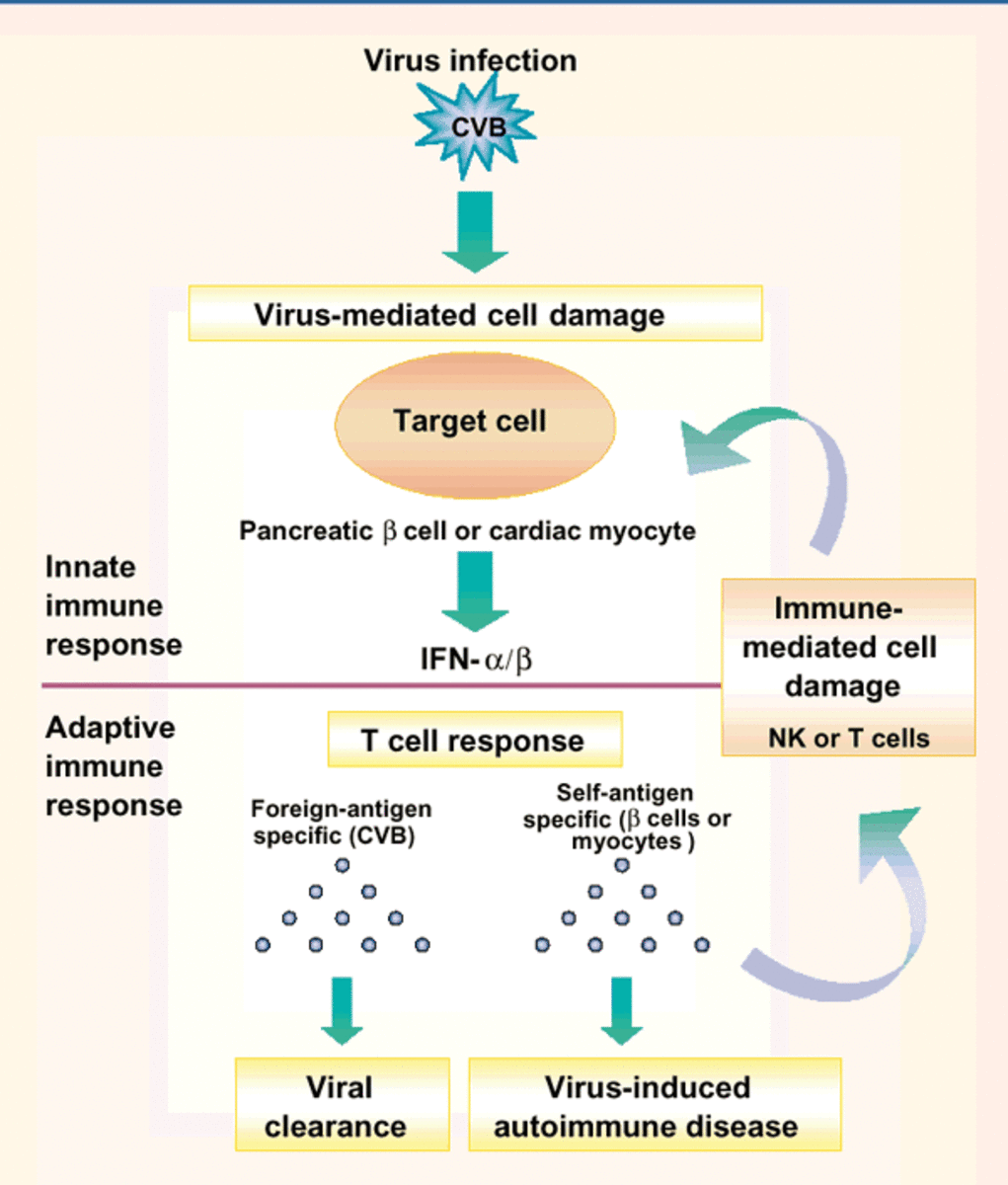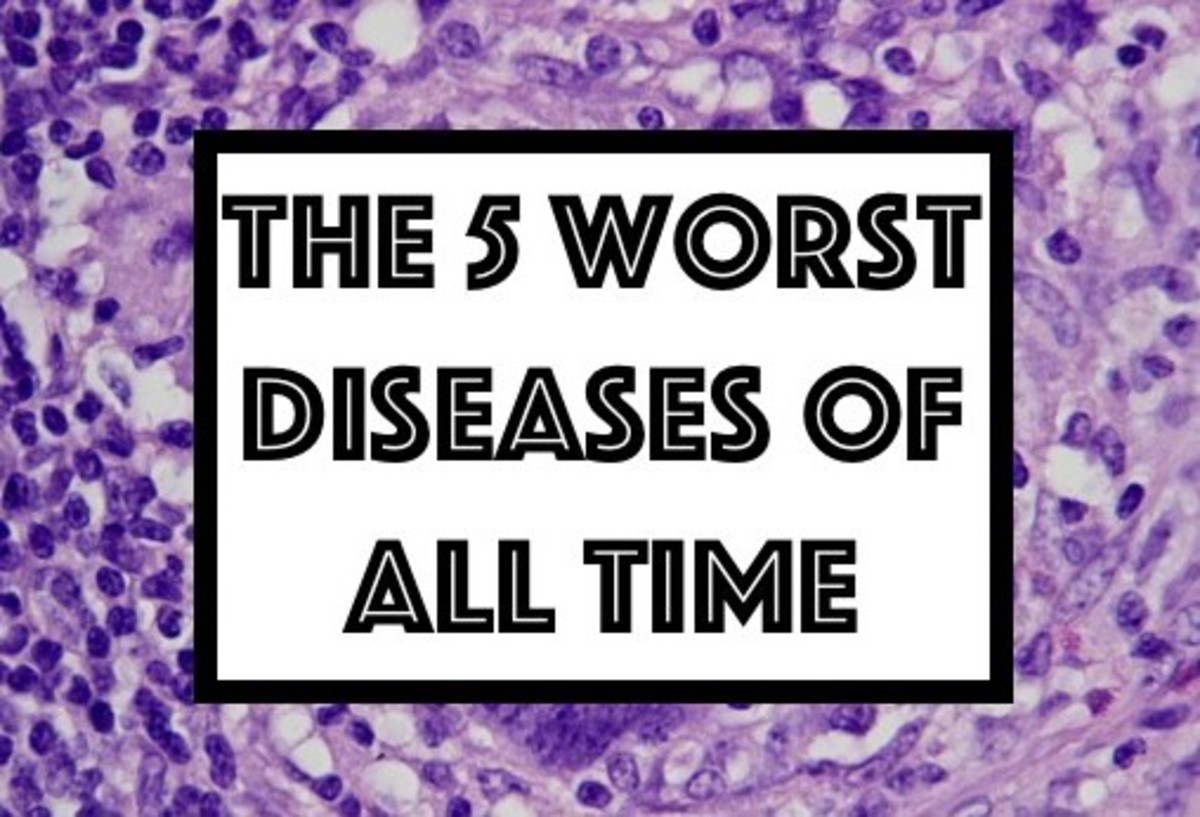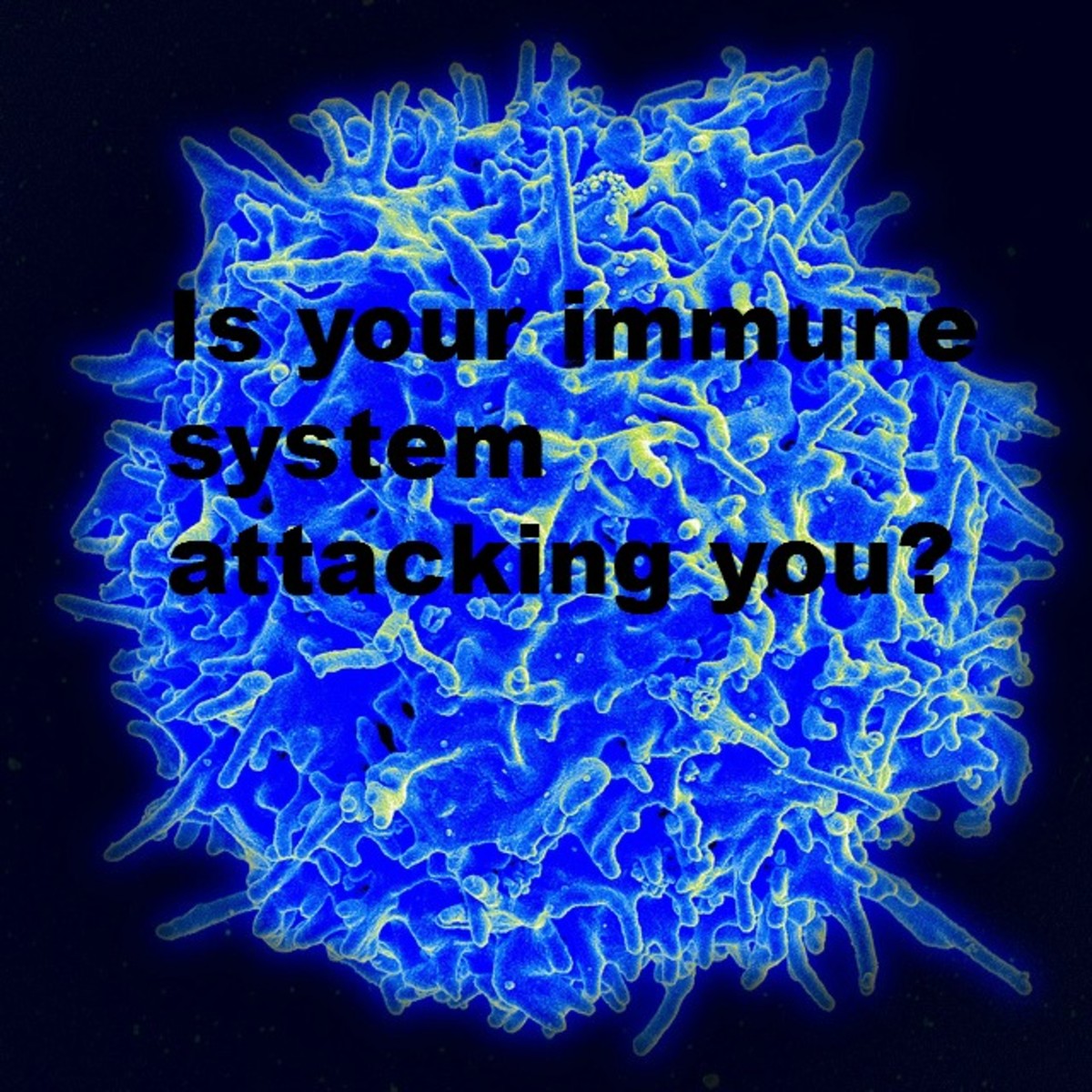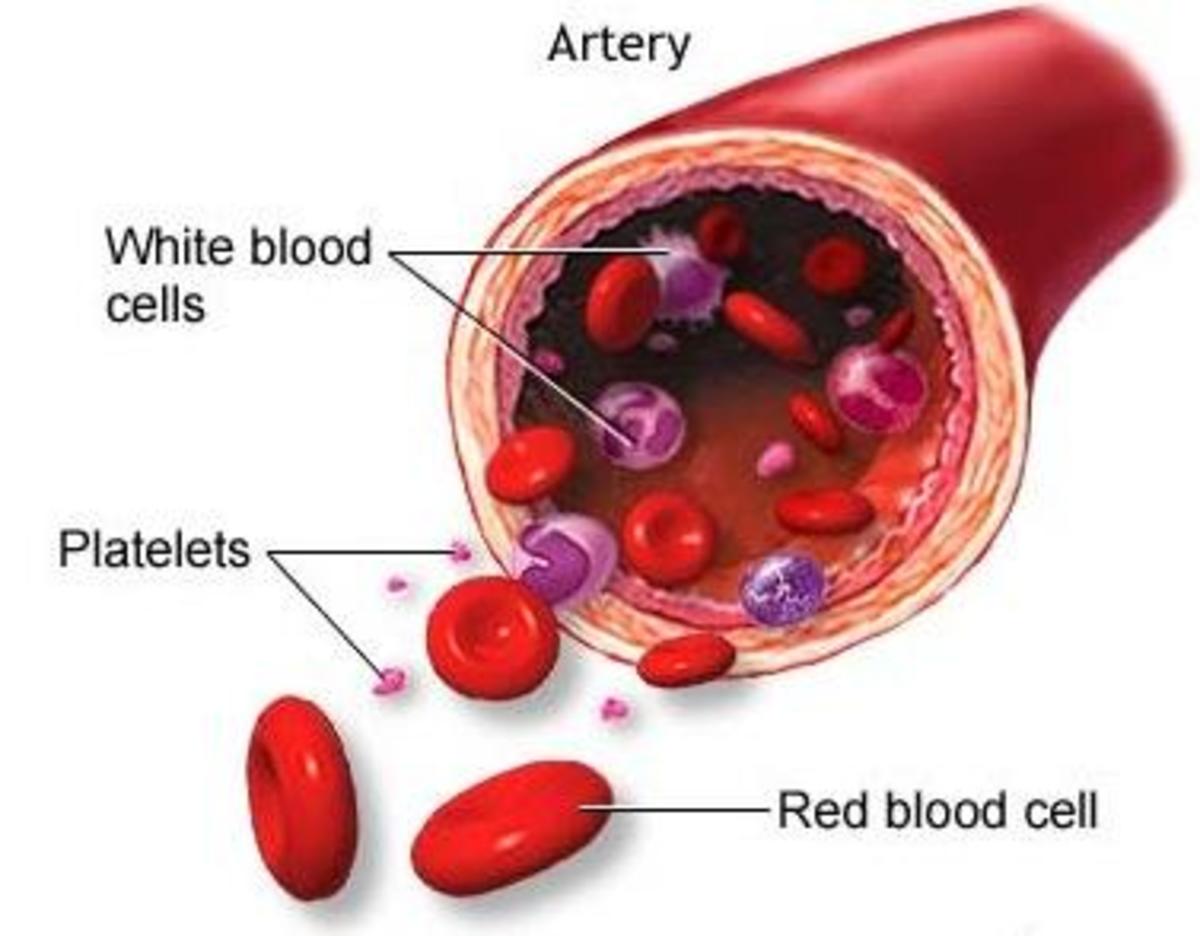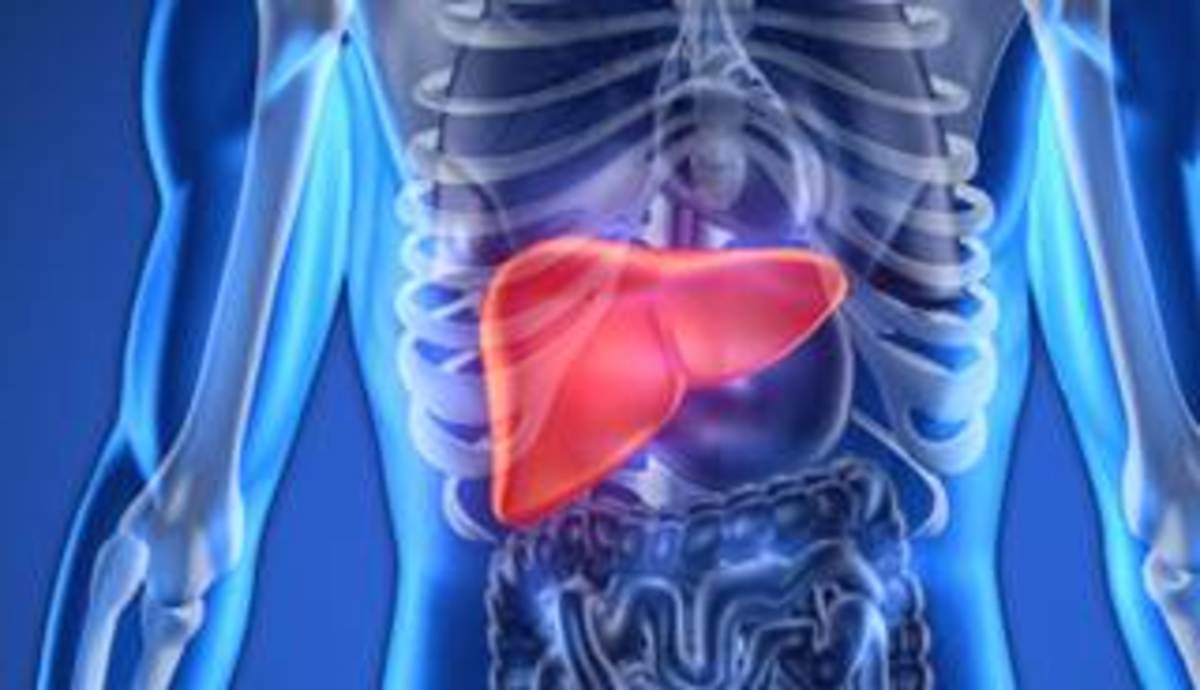A Dangerous Rash: Causes, Symptoms and Treatments of Kawasaki Disease
Sarah Chalke Fights Kawawsaki on Television
Sarah Chalke, perhaps best known for her work on TV's Scrubs, used that experience and her personal experience with Kawasaki Disease to bring the malady to brighter light in a 2013 episode of Grey's Anatomy.
Sarah's own son Charlie was diagnosed with the disease at age two years after much turmoil and persistence in the interactions of the family with various doctors.
![Sarah Chalke: Grey's Anatomy, Season 9, Episode 19, "Can't Fight This Feeling", first aired on March 28, 2013. [http://en.wikipedia.org/wiki/File:Sarah_Chalke_2013.jpg] Sarah Chalke: Grey's Anatomy, Season 9, Episode 19, "Can't Fight This Feeling", first aired on March 28, 2013. [http://en.wikipedia.org/wiki/File:Sarah_Chalke_2013.jpg]](https://usercontent1.hubstatic.com/7890036.jpg)
Sharah's portrayal of the fight to save a child from Kawasaki on Greys Anatomy was riveting. Different staff members had their own ideas about a diagnosis, but Sarah's character would not stand down. Kawasaki's was diagnosed in a flurry within a narrow but strategic window of opportunity for preventing disaster and possible death.
Kawasaki presents a 10-day window for vital treatment. If the disease is missed or otherwise untreated during this time, heart disease is imminent as a resulting complication. Sarah's son was diagnosed at day 10.5, but was saved. In the television episode. the child is saved a bit sooner. The Public Service Announcement at the end of the show was effective in spreading the information parents need about Kawasaki.
Watch for reruns of Grey's Anatomy, Season 9, Episode 19, "Can't Fight This Feeling", first aired on March 28, 2013.
A Very Rare Disease
The Mayo Clinic states that Kawasaki Disease is very rare, with only 20,000 cases at most in the United States each year.
Childhood Diseases
I take a special interest in diseases and environmental elements that cause rashes, because I had a number of them in childhood. Part of this phenomenon is owing to the fact that it took decades of repeat infections of measles to build up full immunity to the illness. One of the most maddening bouts with "the rash" and fever occurred when out family doctor was on vacation.
I'd had flu-like symptoms like headache, nausea and fever, but no joint pain. Sitting under the 100 watt bulbs in another doctor's waiting room, the rash finally appeared and I felt better. Although my parents said this was measles, Doc pronounced it Fifth Disease, a childhood disease with no name. It felt like measles again to me!
I have always hated rashes, whether from a virus, too-tight elastic legs on kids' underwear, or the scratching seams of unlined wool pants.
America has vaccines for the childhood diseases, but they either do not work for me or wear off too quickly. However it's been over a decade since I've had measles, a mild case at that, so I think I'm probably immune.
These childhood rashes caused by viruses can spread through direct contact and through the air. In order to avoid vaccinations and to "get it over with" in childhood, some parents take their children to Chicken Pox or Measles Parties and expose their children to those that are ill.
Not only is this unappetizing, it risks the onset of severe complications to these diseases. For example, because of the consistently massive amount of cigarette smoke in my childhood home, I contracted pneumonia after one two-week bout of the measles. I had a) measles for two weeks, b) pneumonia for another two weeks, c) a tonsillectomy a month later and a 30-day lingering illness related to reactions to anesthesia -- School seemed a kind of haze during that month. I would not want this for any child.
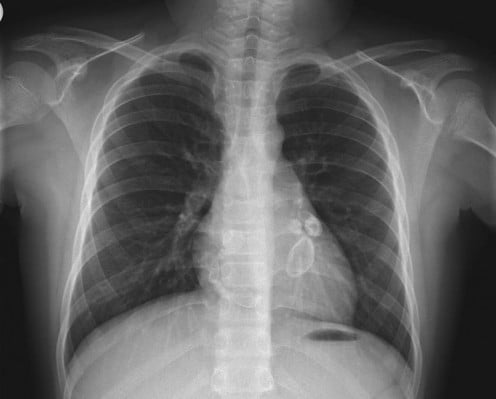
Dangerous Rashes and Means of Exposure
At first glance, Kawasaki's may like severe measles with complications and doctors rule out other diseases before concluding that a child has Kawasaki's.
The body of research concerning the root causes and history of Kawasaki Disease expanded in the 2010s to give us more tools for treatment and prevention.
Previously, Kawasaki's was known as a deadly killer in early childhood (0-5 years) and was suspected as an immune disorder. It also has been known as a disease that can kill in adulthood after symptoms are vanquished in childhood. This is because of the resultant long-term cardiac effects.
In 2012, research leads us to suspect that
- Kawasaki Disease may be caused by a virus,
- The virus comes from East Asia, likely Japan but perhaps also Korea, and
- The virus may be carried in the air, even on currents coming from the Far East. Note the link for a Canadian website at the end of this material. There, a mother speaks of her daughter's recent sever case of the disease at BC Children;s Hospital in Vancouver. Doctors reported seeing only a total of 20 cases previously and British Columbia is relatively close to the Far Eastern countries of Korea and Japan - people easily fly in from these counties every day.
Kawasaki's is an extreme form of vasculitis, which is artery inflammation, one of the acute febrile vasculitic syndromes. It thus far affects a significantly larger number of boys than girls.
Congenital Heart Defects combined overall comprise the Number One Cause of Death for US Children. Kawasaki Disease, however, is the Number Two cause of heart disease among American children and children in other developed countries. However, it was first discovered in Japan during the 1960s.
Prevalence Rate of Kawasaki Disease: 19 out of every 100,000 children in America and from 13 to 13.8 per 100,000 in Canada..
Affected Population: Children ages 0-5 years, boys more than girls. The affects can cause death years later from associated aneurysms that rupture.
Summary of Causes from Taubert & Shulman (1999):
- Kawasaki disease is a leading cause of acquired heart disease among children in developed countries. Most become ill at less than two years old; 80% are younger than five. Kawasaki disease can cause coronary artery abnormalities, including coronary aneurysms.
- From 20 to 25% of untreated children develop coronary artery abnormalities, which may resolve or persist. The principal cause of death from Kawasaki disease is myocardial infarction (heart attack).
- Evidence suggests a microbial agent.
- Early recognition and treatment can reduce the development of potentially life-threatening coronary artery abnormalities.
Complications of Kawasaki Disease
- Coronary arteries aneurysms: These are the unwanted expanded areas of the arteries that can burst and lead to death.
- Inflammation: This attacks the heart muscle, lining, valves, and outer membrane.
- Arrhythmia: These events cause many heart attacks and patients with Kawasaki's often die of heart attack (myocardial infarction).
Ruling Out Other Diseases
Practitioners often use blood and urine samples to rule out conditions such as:
- Allergic reactions: drugs or other elements
- Juvenile rheumatoid arthritis (JRA): rash and inflammation are hallmarks
- Measles; rubella and rubeola: rash and inflammation
- Rocky Mountain spotted fever: symptoms of arthritis
- Scarlet fever: causes long-term heart concerns
Strawberry Tongue
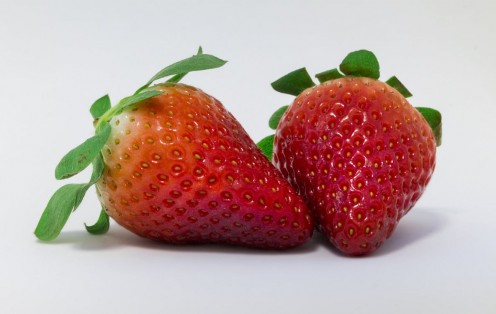
Symptoms
The Mayo Clinic and other well known health experts report that most infants and toddlers with Kawasaki Disease experience a high fever (over 104º F) for 5 days or more, along with at least four of these 6 symptoms:
- Significant redness in both eyes (blood shot, very red and inflamed).
- Skin changes like discoloration, drying, and cracking around the lips, in the inner mouth, and of the tongue (swollen, red and bumpy like a strawberry). All this looks inflamed and painful.
- Noticeable reactions in the fingers and toes like swelling, discoloration, and peeling skin.
- A red rash across the trunk and/or genital areas.
- A noticeably swollen lymph node in the neck.
- Other changes in extremities like red and swollen palms and soles of both feet.
The appearance of victims of Kawasaki Disease can be quite frightening. Blood tests may also show liver changes and the patient may exhibit irritability.
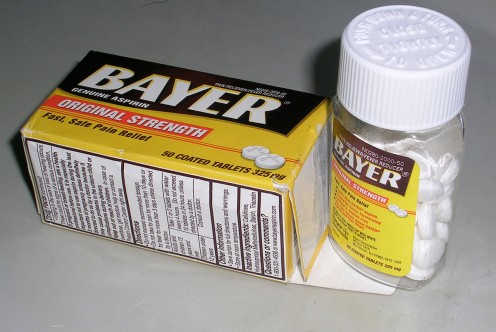
Early detection is key to the treatment of Kawasaki's.
Best Treatments
Early detection is key to the treatment of Kawasaki's. Hospitalization within the first 10 days routinely includes IV immunoglobulin (Gamma Globulin) and high-dose acetylsalicylic acid (aspirin). Care must be taken with aspirin, because of related Reye's Syndrome. After treatment, the fever is usually cured, but some children need a second round of treatment.
Aftercare is usually only daily low-dose aspirin until an echocardiogram is done for follow-up in 4 to 6 weeks (US and Canada). Aspirin can usually be terminated at that point. The echo test is repeated a year later in Canada for follow-up.
Notes:
- Other immunizations should wait until the child is well, because they may be ineffective until then and consult with your own healthcare practitioner on this.
- Make sure the child is not around those with Chicken Pox while taking aspirin, because this is the worst scenario for Reye's Syndrome to occur. Ask your doctor about he aspirin if you have any concerns.
Prevention
Preventive techniques will become clearer as science nails down the connection with Far Eastern viruses. Many things are coming across the Pacific Ocean to us, including sands form the Gobi Desert, so suspecting airborne virus travelers is not unwarranted.
Practice prevention as for any viral or bacteria infection by frequent thorough hand washing, use of hand sanitizer, covering mouth and nose when sneezing or coughing, and avoiding contact with people that have respiratory diseases and childhood diseases. If you are are the West Coast of Canada or America, be doubly cautious and vigilant with protective techniques.
Foundations
- Kawasaki Disease Canada
KD Canada offers support to parent and Doctors, creating awareness about Kawasaki Disease. Discussion forums. Fund raising event and story from children who have or had Kawasaki Disease. - Kawasaki Disease Foundation - America
The Kawasaki Disease Foundation is a non-profit organization dedicated to Kawasaki Disease issues. The Kawasaki Disease Foundation is partnership of parents, patients, and professionals dedicated to advancing Kawasaki Disease issues.
Sources
- Frazer, Jennifer. "Can Diseases Cross Oceans By Wind?" Scientific American blog The Artful Amoeba. April 4, 2012.
- Frazer, Jennifer. "Infectious disease: Blowing in the wind." Nature. April 4, 2012.
- Steakley, Lia. "Could atmospheric air currents be transporting a rare infectious disease?" SCOPE, Stanford Medical School. April 5, 2012.
- Taubert KA, Shulman ST. University of Texas Southwestern Medical School, Dallas, USA. "Kawasaki disease." American Family Physician. 1999 Jun;59(11):3093-102, 3107-8.

